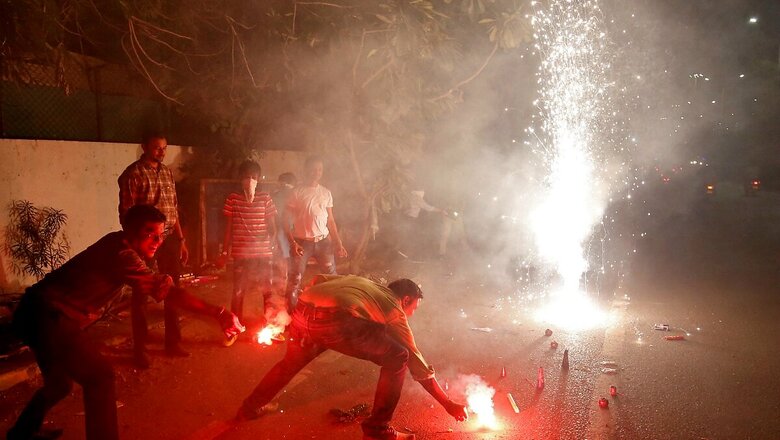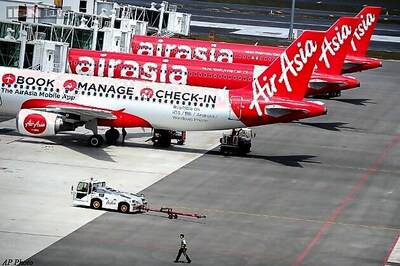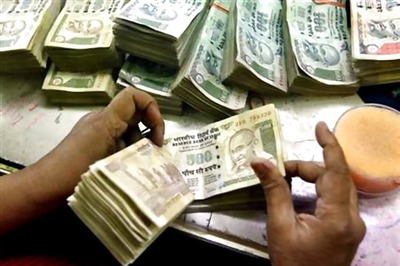
views
If weather conditions are favourable and the NGT’s firecracker ban is followed, the people of Delhi-National Capital Region (NCR) may breathe cleaner air this Diwali as compared to the past few years.
Over the past few years, Delhi-NCR has recorded some of the worst air-quality on Diwali and the days following the festival, official data shows. In 2016, a few air quality monitoring stations recorded PM 2.5 pollution levels 12-15 times above safe limit.
Earlier this week, the Central Pollution Control Board submitted to the National Green Tribunal (NGT) that air quality may worsen six times due to the use of firecrackers and subsequent trapping of pollutants.
However, faster winds and rains may help disperse any spike in pollution this time around, scientists at Indian Institute of Tropical Meteorology and India Meteorological Department (IMD) said. Following five straight days of ‘severe’ air quality, which can harm even healthy persons, easterly winds and lower moisture helped disperse pollution over the last two days.
The situation is likely to deteriorate once again beginning Friday evening and if there is widespread use of firecrackers, the air quality will certainly slip back to the ‘severe’ and ‘severe+’ category. Scientists have forecast onset of favourable winds from the morning of Sunday, which happens to be the post-Diwali morning, along with possibility of light rain.
On Friday, the air quality index, a measure of overall pollution in the city, was in the ‘very poor’ category and this was likely to deteriorate from Friday night, said Vijay Kumar Soni, Scientist, IMD. “The air quality is likely to slip into the severe category on Saturday. Today, the wind directions are not completely favourable. But, we expect winds to become favourable for pollution dispersal from 15th onward and there is a chance of light rains due to a Western Disturbance,” Soni said.
A western disturbance system brings icy cold winds from the Mediterranean towards upper reaches of India. Western disturbance systems are one of the chief factors responsible for winter rains in hill states and plains of north India.
Studies have shown presence of high levels of metals in the atmosphere following bursting of crackers. A 2016 study of Central Pollution Control Board had found that compared to the pre-Diwali period, the levels of Aluminium, Barium, Iron, Potassium, Sulphur and Strontium had shot up during the Diwali period, mainly due to bursting of firecrackers.
In 2017, the Centre for Occupational and Environmental Health at Maulana Azad Medical College, Delhi, carried out a study on the health impacts of firecrackers. The study tested urine samples of participants from Delhi and found presence of lead and strontium above safe limits.
The Centre’s research and pollution monitoring agency SAFAR (System of Air Quality and Weather Forecasting and Research) echoed IMD’s forecast. It said that even though winds are favourable to trap pollutants till Saturday, it is likely to start improving from the afternoon of Sunday, November 15. The two factors of winds and rainfall will greatly help in flushing out the impact of any emissions generated locally due to firecrackers or burning of biomass, SAFAR added.
Read all the Latest News, Breaking News and Coronavirus News here




















Comments
0 comment